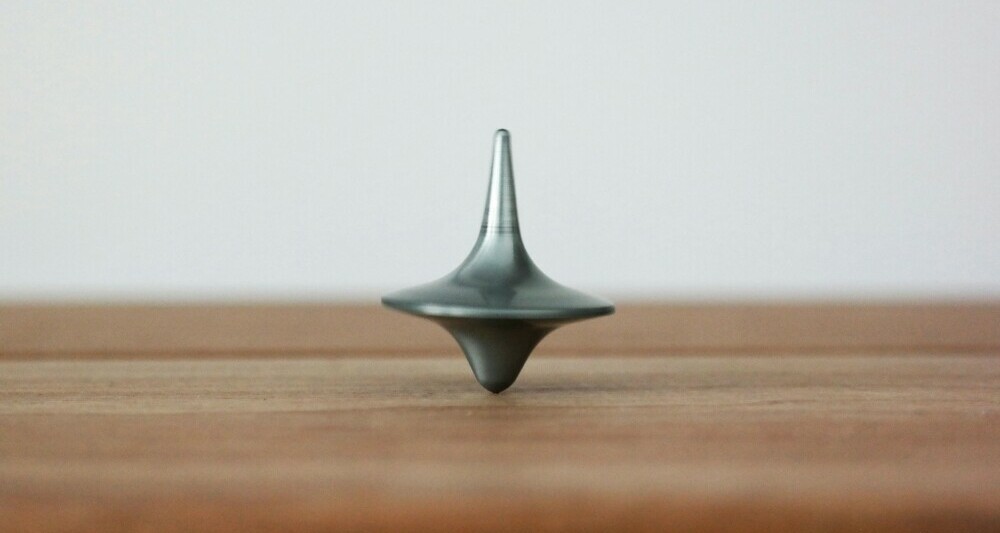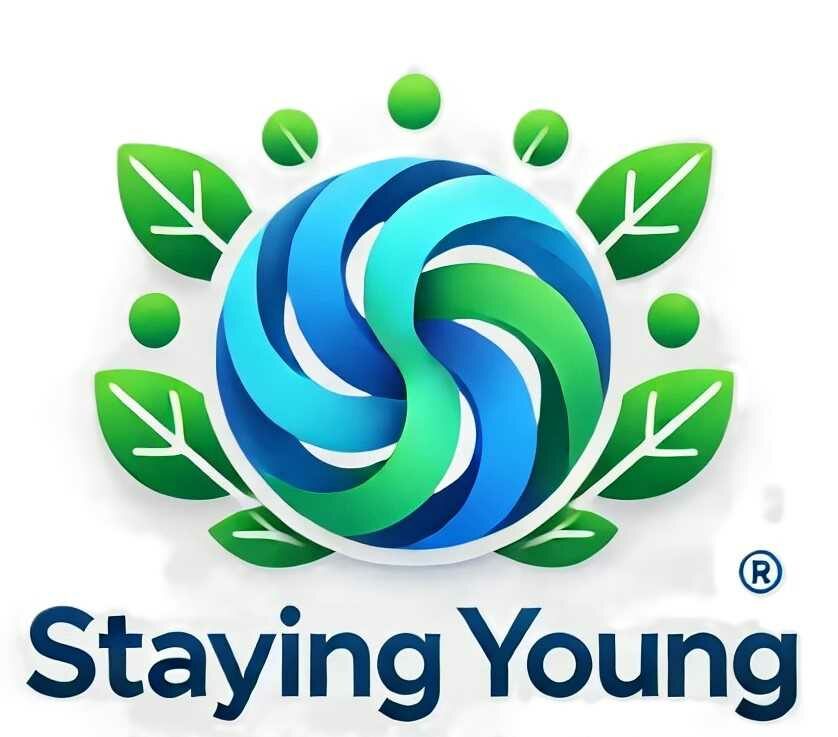
So you’re looking at your calendar, and it’s packed. You’ve got deadlines to meet, meetings to attend, and yet, you’re supposed to squeeze in a social life, family commitments, and maybe a bit of exercise too. Sounds stressful, right? That’s where the concept of work-life balance comes into play.
Work-life balance isn’t just a buzzword; it’s an essential component of a healthy lifestyle. It refers to the delicate equilibrium where a person equally prioritizes the demands of one’s career and the demands of one’s personal life. Think of it as a seesaw. Too much weight on one side and everything goes lopsided. Balance is key.
This balance is crucial because it can significantly affect your mental health and overall wellness. When things are out of whack, you might notice signs of burnout, such as chronic fatigue, irritability, or a dip in your performance at work. On the other hand, getting it right can mean improved focus, better stress management, and a greater sense of accomplishment.
Perhaps you’re reading this and thinking, ‘That’s me—I need more balance.’ Don’t worry; you’re not alone. The next section is all about how you can start turning the tide with some strategic planning.
Strategic Planning for a Balanced Life
You’re going to find out about how a little foresight and strategy can go a long way when it comes to balancing your personal and professional responsibilities. This isn’t just about managing your time at work; it’s also about ensuring that you have time to relax, pursue hobbies, and spend time with friends and family.
Setting clear boundaries between work and personal time is vital. It’s tempting to check emails after hours or bring work home, but these habits can blur the lines between ‘work’ and ‘life’. Define your work hours and stick to them, and unless it’s absolutely necessary, close the laptop and turn off work notifications when your workday ends.
To maximize productivity, I’m here to help you with prioritizing your tasks. Each day, identify what you NEED to accomplish for the day to be a success. This is about quality over quantity. By completing the most crucial tasks, you’ll move closer to your goals and reduce the risk of having to work overtime.
Don’t worry too much about small inefficiencies; instead, utilize technology to manage time effectively. I’m talking about tools that help block out distractions, organize tasks, and streamline communication. A well-integrated digital calendar or a project management app can make it so much easier to see where your time goes and adjust as needed.
Choose something that resonates with you and that you’re comfortable with; your tools should be helpers, not hurdles. And remember, you can always adjust your approach down the road. Right now, it’s about taking that first step towards a more balanced life.
Incorporating Self-Care into Your Routine
I’m going to let you in on something: the term ‘self-care’ isn’t just a trendy buzzword. It’s a critical component in the work-life balance equation. Why? Because taking care of yourself isn’t a luxury, it’s a necessity. I’m here to help you with practical strategies that make self-care an integral part of your life, not an afterthought.
Now, if you want to kick-start a self-care regimen, you’re going to find out about simple yet effective tactics. Choose activities that resonate with you, whether it’s a brisk walk, reading a book, or meditating. Just don’t focus too much on perfection. The aim is to rejuvenate, not to add another stressor to your life.
For those who think there’s no time for self-care, remember this: even short bursts can have a significant impact. A 20-minute break to decompress or a quick lunch away from your desk can revitalize your day. It’s about making self-care a habit, not an exception.
Self-care also means recognizing when your body or mind needs a break. It’s easy to ignore the signals but
pay attention. Are you feeling more tired than usual? Has your productivity taken a nosedive? These could be signs that you need to step back and recharge.
Self-care can take many forms, and the benefits extend into both your personal and professional life. By maintaining your well-being, you’re in a better position to tackle challenges and engage with others. You’re giving yourself the tools to succeed, which, in turn, can create a more harmonious work environment.
Sustaining Work-Life Balance Long-Term
I’m going to tell you right now, work-life balance isn’t a one-time fix; it’s an ongoing journey. You’ll need to continually reassess your priorities and make adjustments. Life changes—sometimes unexpectedly—and that’s okay. What’s important is that you remain flexible and adapt to maintain your equilibrium.
Choose something that resonates with you when it comes to establishing a support system. This might mean nurturing relationships with colleagues who share your outlook, or it could involve leaning on friends and family. Remember, there’s a lot of opportunity in collaborative problem-solving, so don’t hesitate to pool resources and knowledge in order to find balance.
Don’t worry too much about getting it perfect. Your first attempt doesn’t need to be your last. Keep taking stock periodically; ask yourself what’s working and what isn’t. If you want to, you can always adjust your approach down the road. Just don’t focus too much on perfection; it’s the pursuit that counts.
I really hope that you find these insights beneficial and that you’re able to put them into practice. Thanks for joining me on this topic, and remember, I’m here to help you with practical advice, not just theories. I’d love to hear your feedback on how these tips are working for you. So, as you move forward, continually seek that sweet spot where your professional and personal lives feel synchronized.
